What is the tolerance range of precision screws?
What is the tolerance range of precision screws?
Service Hotline
+86760-8787 8587We have more than ten years of production experience in the screw industry, the main products are: lengthened full-tooth hexagon bolts, hexagon socket three-combination bolts, nylon spacer column XLB, cap nuts wholesale, enlarged extra-large nuts, countersunk head blind hole lock nuts , tooth strips, galvanized rivets, bushing gaskets, manganese dacromet washers, 304 flat head screws, DIN125 washers, GB5781 screws, BSW bolts, ISO8752 pins and other fasteners, due to different product materials and specifications , the price is also different, please contact us if necessary.


In general, the size, mechanical properties and working performance requirements of self-tapping screws have the following standards: 1. Self-tapping screw size standard ASME B18.6.3 2010 standard not only introduces the dimensions of slotted and cross-recessed self-tapping screws and metal drive screws, but also includes the mechanical properties and work performance requirements of carbon steel self-tapping screws. The appendix gives instructions for measuring the various dimensions and application guidance on clamping lengths and test apertures. 2. Self-tapping screw performance standards (including mechanical properties and work performance): (1) SAE J933: Introduces the mechanical performance and work performance requirements of carbon steel ordinary self-tapping screws and white-cut self-tapping screws. The requirements for selection of raw materials, heat treatment, depth of carburized layer, surface hardness, and core hardness are further specified. (2) SAE J81: The mechanical properties and working performance of self-extrusion self-tapping screws (self-tapping locking screws) are introduced. (3) SAE J78: The mechanical properties and working properties of self-drilling and self-tapping screws are introduced. (4) IFl-113: The mechanical properties and working properties of self-drilling and self-tapping screws are introduced. (5) ASTM C1513: Introduces the mechanical properties and performance requirements of carbon steel self-tapping screws. For other special types of self-tapping screws, there is no corresponding national or industrial standard, and no data for self-tapping screws made of other metal materials other than carbon steel have been recognized. For technical data on these self-tapping screws, you can check with the manufacturer.
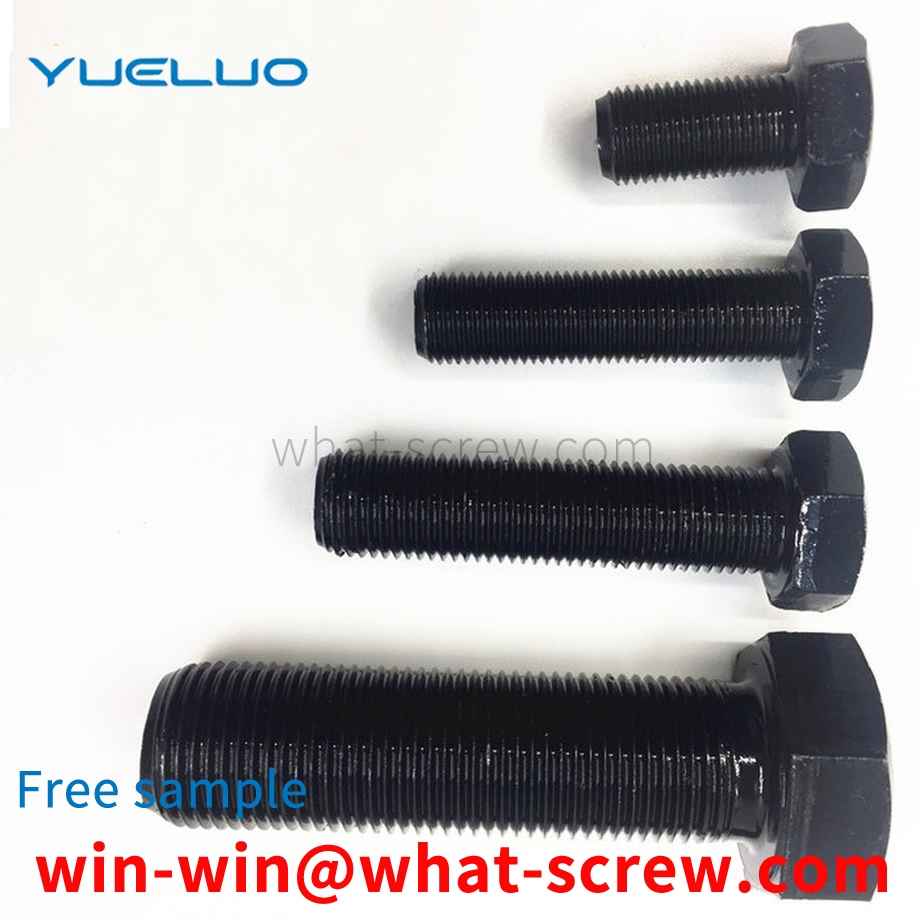
① Nominal thread outer diameter (thread specification): divided into metric system and inch system. Metric thread → common specifications are 2; 2.3; 2.5; 2.6; 2.9; 3; 3.1; 3.5; 4; 4.2; 4.5; The unit is mm (millimeters). Inch thread→ Common specifications are 2#;4#;6#;8#;10#;12#;1/4;7/32;5/16;3/8;1/2 ;9/16;3/ 4. The unit is in (inches). ② Number of teeth/pitch: Definition of number of teeth → the number of teeth lines in one inch (25.4mm) length. Pitch Definition → Distance value between two adjacent threads. Conversion of number of teeth and pitch of teeth → pitch of teeth = 1 inch/number of teeth ③Nominal length: divided into metric system and inch system. Metric Nominal Length → Common values are 5, 6, 6.5, 7, 8, 9, 9.5, 10, 11, 12, 13, 14, 15, 16, 18, 19, 20, 21, 25, 28, 30, 31 , 32, 35, 40, 42, 45, 50, 55, 60, 65, 70, 75, 80, 85, 90, 95, 100, 110, 120. The unit is mm (millimeters). Imperial Nominal Length → Common values are 1/4, 5/16, 3/8, 7/16, 1/2, 5/8, 3/4, 1, 2, 3. Units: in (inches). ④Head type: use letters to indicate the type of head type, please refer to the previous classification of commonly used screw head types. ⑤Tooth type/tail type: Use letters to indicate the type of tooth type/tail type, please refer to the previous Commonly used screw thread/tail type classification. ⑥Groove type: Please refer to the previous section Category of common screw groove types of our company. Cross-slotted or non-slotted (such as punched hexagon head screws) do not need to be marked here, and other groove types need to be described in words. ⑦Special labeling: In general, no labeling is required. When expressing its characteristics, it is described in words at this position. For example: the specification name of the screw is described as 4-0.7x70PM±tooth length 35, which means 4 is the nominal diameter of the screw thread, 0.7 is the pitch, 70 is the nominal length of the screw, and P means its The head type is a pan head, M means its tooth type/tail type is a wire thread type, ± means its groove type is ± groove and can also be expressed by plus or minus groove. Tooth length 35 is special Mark, specify the thread length value of this screw.
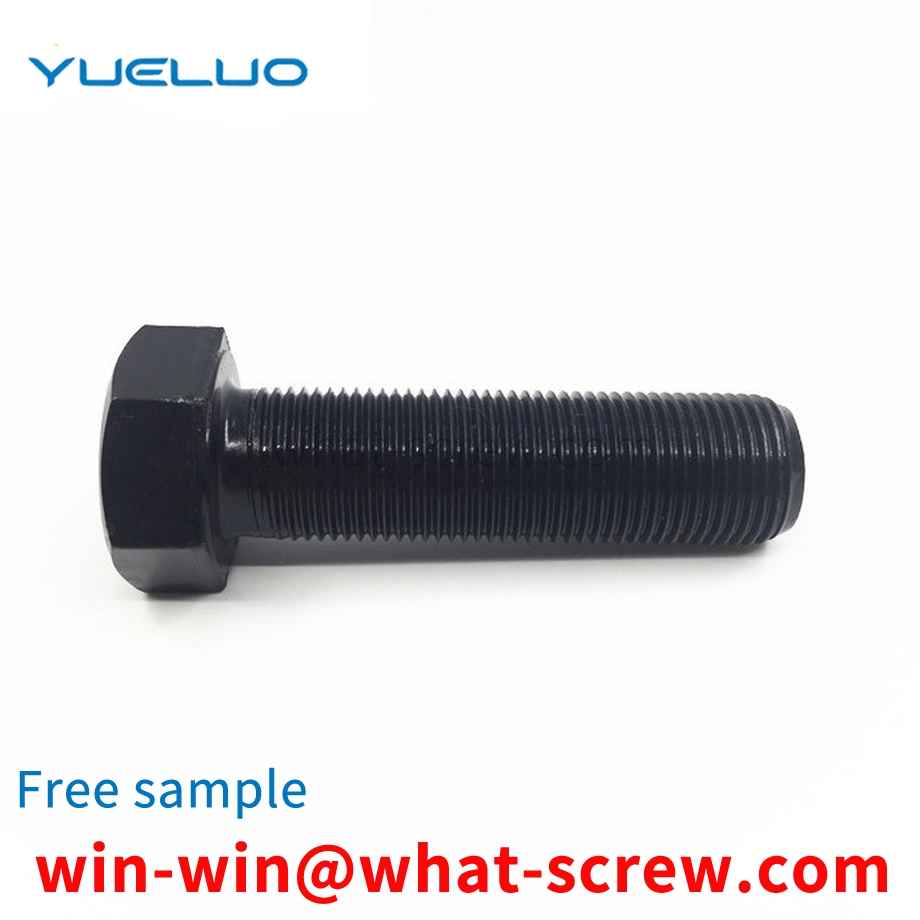
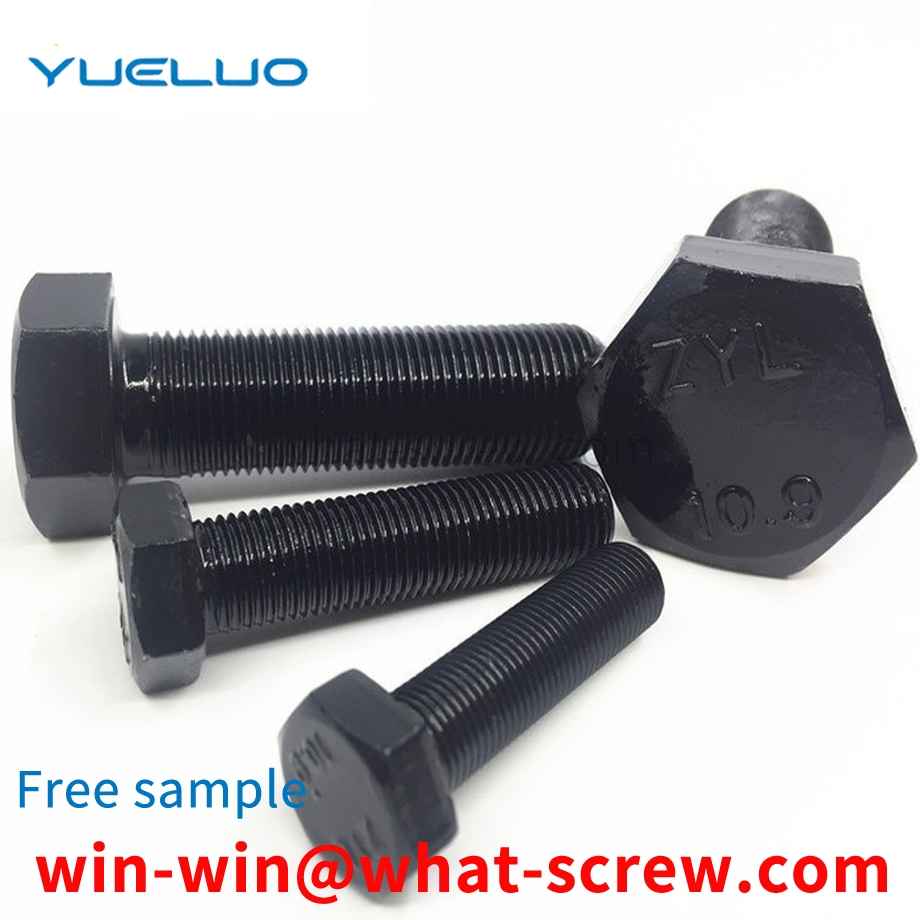
The diameter, length and quantity of the stud bolts shall meet the requirements, and the type and material of the stud bolts shall be determined by the grade. There are two types of commonly used stud bolts (also known as full-threaded studs). The thread is divided into two types: coarse thread and fine thread. The coarse thread ordinary thread is expressed by M and the nominal diameter, and the fine thread ordinary thread is expressed by M and the nominal diameter × pitch. The fastener standard stipulates that M36 bolts use coarse thread, M36 and above diameters can use fine thread, and the pitch is 3. bm=1d studs are generally used for the connection between two steel connected parts; bm=1.25d and bm=1.5d studs are generally used between cast iron connected parts and steel connected parts The connection between the two; bm=2d double-ended stud is generally used for the connection between the aluminum alloy to be connected and the steel to be connected. The former connector has internal threaded holes, and the latter connector has through holes. The threads at both ends of the equal-length studs need to be matched with nuts and washers, and are used for two connected parts with through holes. One end of the welding stud is welded on the surface of the connected piece, and the other end (threaded end) passes through the connected piece with a through hole, and then the washer is put on, and the nut is screwed on, so that the two connected pieces are connected as a whole.
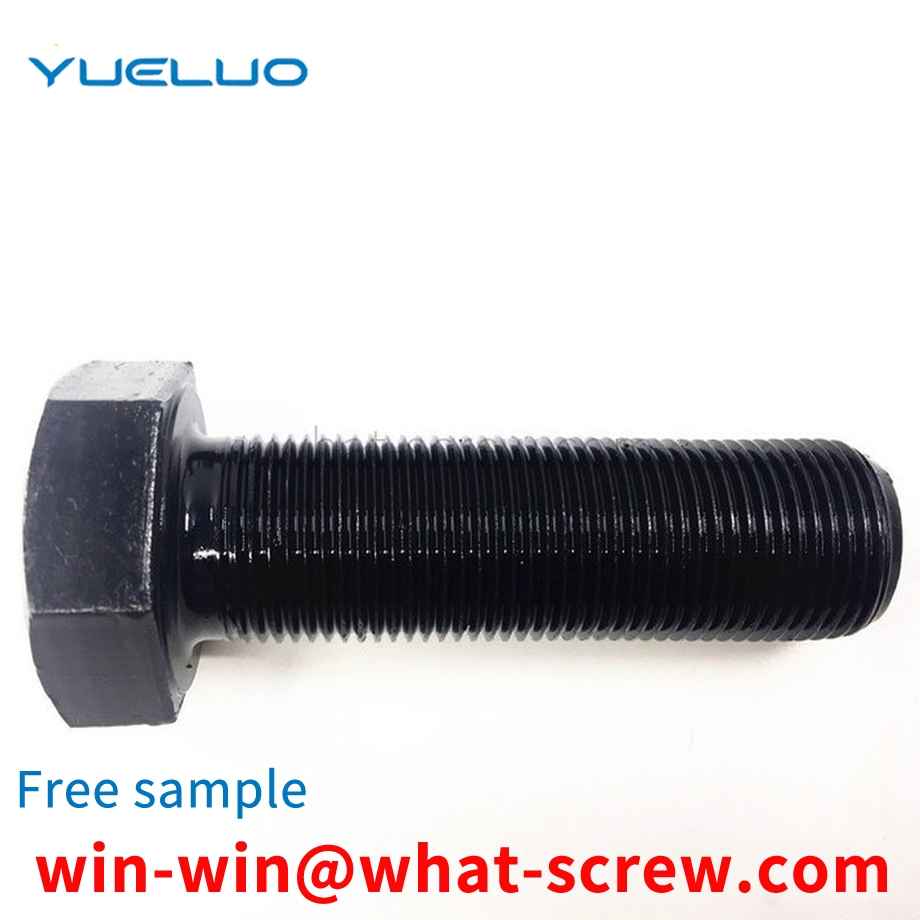
The existing machine screw structure is not conducive to assembly and automated production. The machine screw is in the form of a cylinder, the outer surface of the cylinder is provided with threads, and one end of the machine screw is provided with a notch. During installation, it is convenient to rotate the machine screw by the tool acting on the notch, so that the machine screw all enters the threaded hole and does not occupy the external space. However, the thread on the outer surface of the machine screw corresponding to the slot is easily deformed or scratched due to the external force of the tool and the threaded hole, which makes it difficult to screw in or disassemble, and reduces the versatility and interchangeability. affect product quality.
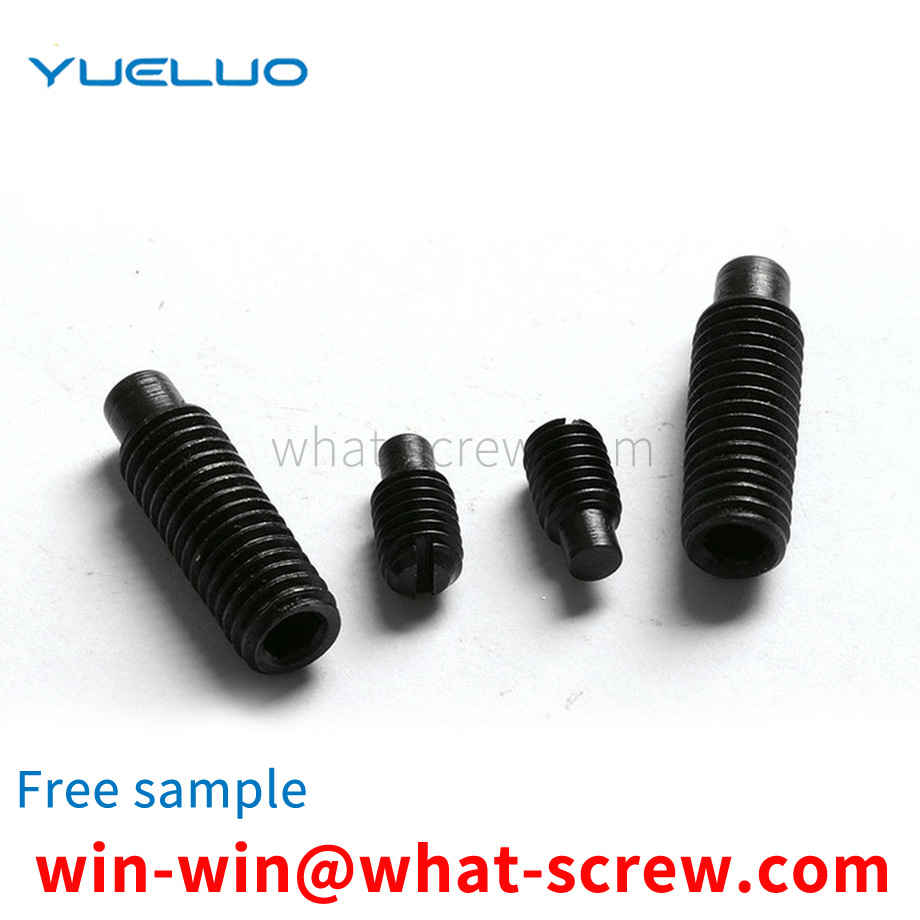
The above content is uploaded by Yueluo or the Internet. If there is any copyright issue, please contact [email protected].

What is the tolerance range of precision screws?

How to choose the right stainless steel screw manufacturer?

Why is there an R angle under the head of the hexagon head s...

We have more than ten years of production experience in the ...

We have more than ten years of experience in the production ...

We have more than ten years of experience in the production ...

We have more than ten years of experience in screw industry ...